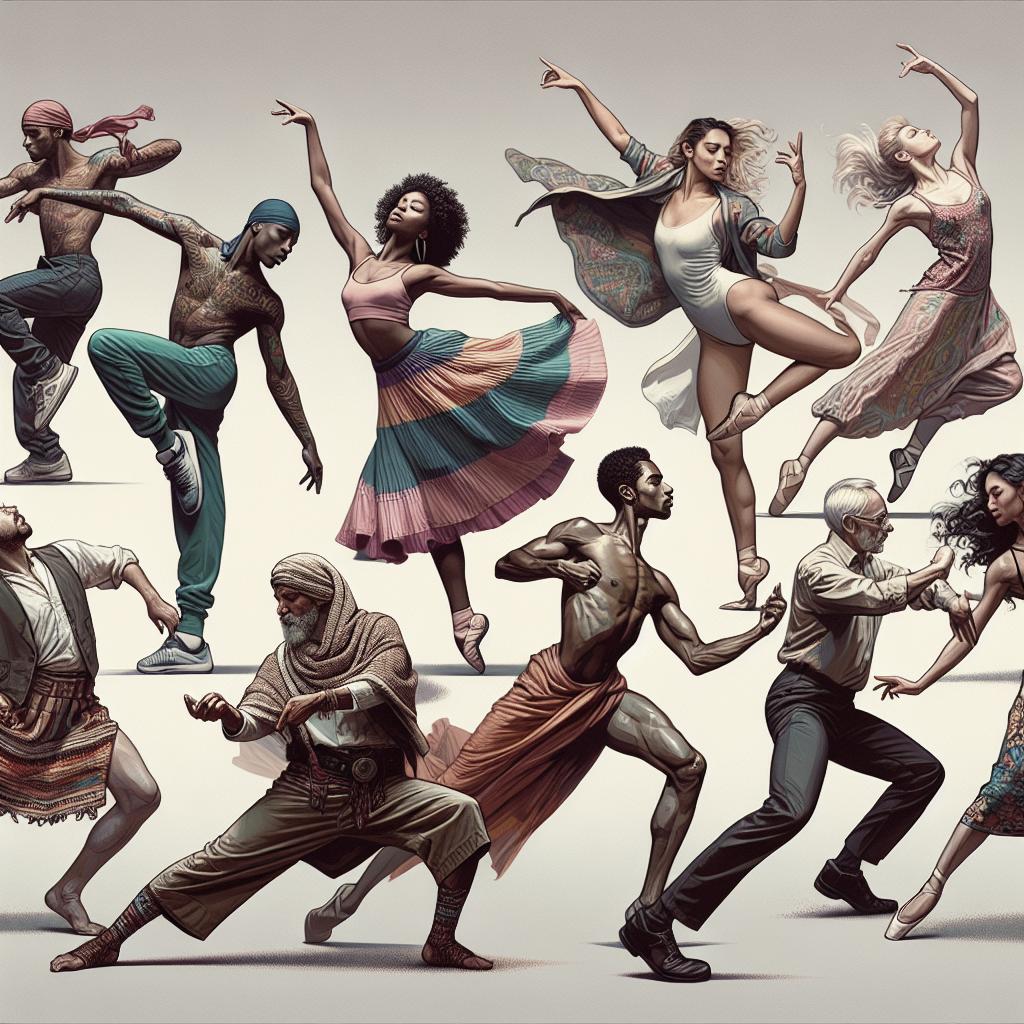The Traits of a Good Dancer
Dance, the timeless art form that has the power to tell stories and express emotions beyond words, requires a multitude of skills and qualities. In this post, we explore the traits that define a good dancer. From mastering vocabulary and technique to understanding the cultural nuances that shape various dance forms, we’ll delve into the essence of what makes a dancer remarkable. We’ll also examine the importance of personal style, connection to music and others, and, most importantly, the role of fun in dance. Whether you’re a seasoned performer or just starting out, these insights will guide you on your journey to becoming a well-rounded and expressive dancer.
Skill: Your Vocabulary, Technique and Execution
At the core of being a good dancer lies a deep understanding of dance vocabulary and the ability to execute moves with precision and grace. Mastery of technique across different dance genres is not just about physical ability but also involves mental agility. Dancers must learn to memorize choreography quickly and adapt to various physical demands, ensuring they maintain form and style while doing so.
Technique is the foundation upon which dancers build their artistry. It involves not only muscle memory but also an acute awareness of body dynamics. Proper execution is key to delivering performances that captivate audiences and convey the intended message or emotion.
Reflection Questions
– How do you approach learning new choreography?
– Which techniques need more attention in your practice sessions?
Cultural Understanding: The Stories Behind the Dance
Dance is a universal language, but each style carries a unique story and cultural significance. A good dancer must delve into the history behind the dance, respecting and honoring its roots. This understanding not only enriches the dancer’s performance but also fosters appreciation for the diversity and thoughtfulness embedded in various dance forms.
Engaging with the cultural aspects of dance enhances a dancer’s ability to connect with the audience. It’s about embodying the spirit and intention of the dance, rather than merely replicating movements. This depth of knowledge allows dancers to bring authenticity and depth to their artistic expression.
Questions for Reflection
– What are the cultural origins of the dance style you practice?
– How does understanding the story behind the dance enhance your performance?
Style and Character: Exploring Your Tastes and Developing Presence
A dancer’s style is an extension of their personality and artistic vision. Finding one’s unique style involves experimentation and self-discovery, allowing personal tastes and preferences to shape one’s performance. As dancers, the journey of refining one’s style is ongoing, demanding openness to new ideas and influences.
Equally important is developing presence on stage. A good dancer knows how to command attention and engage the audience, not only through motion but also through emotive and expressive performance. The ability to convey character and story is a powerful trait that elevates a dance from technical execution to memorable artistry.
Questions for Reflection
– How would you describe your personal dance style?
– In what ways can you develop your stage presence further?
Connection: The Musical and Human Interaction
Dance is deeply intertwined with music; hence, a profound connection to music is critical for a good dancer. This involves more than just moving to the beat—it’s about feeling the nuances of the sound and translating them into movement that complements and enhances the musical experience.
Beyond the musical connection, dance is often about interaction with other dancers, audiences, and the greater community. Whether performing solo or in an ensemble, the ability to bond with others through dance fosters a spirited and collaborative artistic environment. It’s this human connection that breathes life into dance.
Questions for Reflection
– How do you connect emotionally with the music you dance to?
– What strategies do you use to maintain connection with fellow dancers during a performance?
Fun is the Key
At the heart of dance lies joy and enjoyment. While technique and practice are vital, the ability to have fun and express joy is what truly distinguishes a dancer. Embracing dance as a form of play and exploration brings a sense of vitality and enthusiasm that audiences find infectious.
This enjoyment extends beyond personal satisfaction. The energy and passion a dancer exudes can bring smiles to audiences and create memorable experiences. Fun is not just about personal enjoyment but about sharing those feelings with others and creating a vibrant atmosphere.
What’s Next?
| Aspect | Key Takeaways |
|---|---|
| Skill | Master vocabulary, technique, and execution for effective storytelling through dance. |
| Cultural Understanding | Dive into the stories and origins of dance to enhance authenticity and depth. |
| Style and Character | Develop a unique style and strong presence to captivate and engage audiences. |
| Connection | Foster deep ties with music and human interaction to enrich the dance experience. |
| Fun | Embrace the joy of dance to spread positivity and excitement. |

